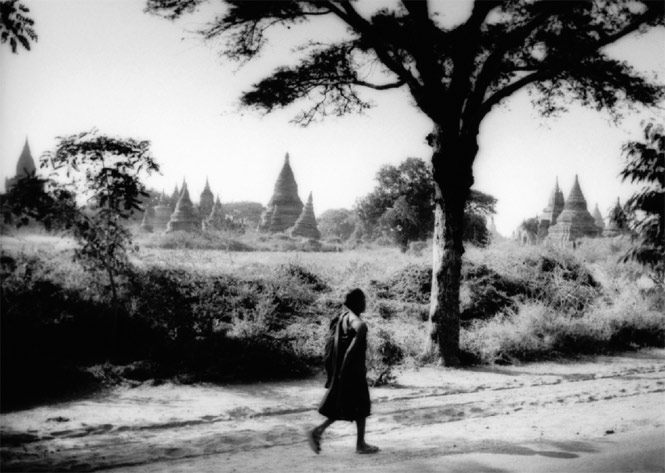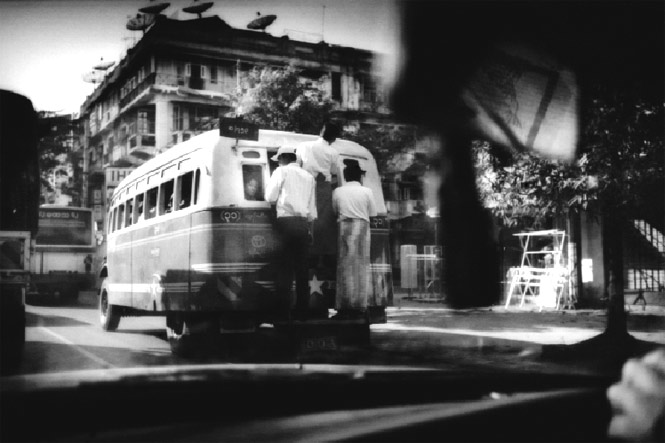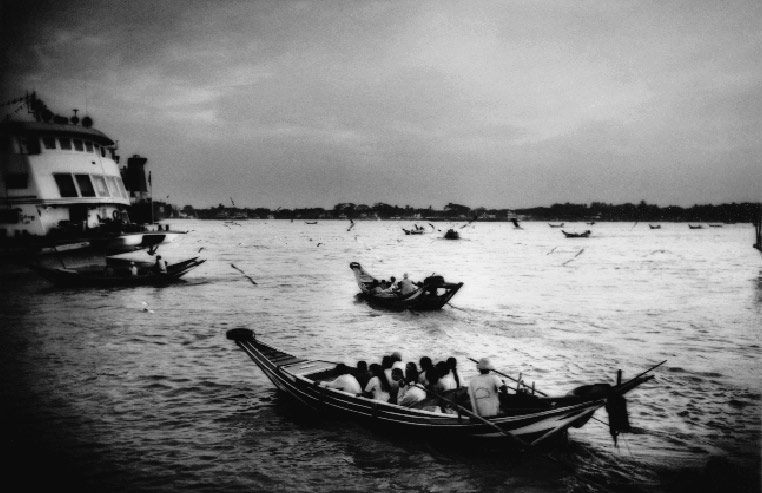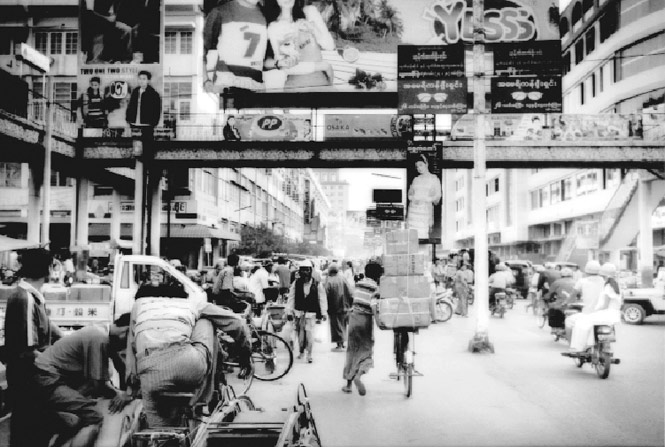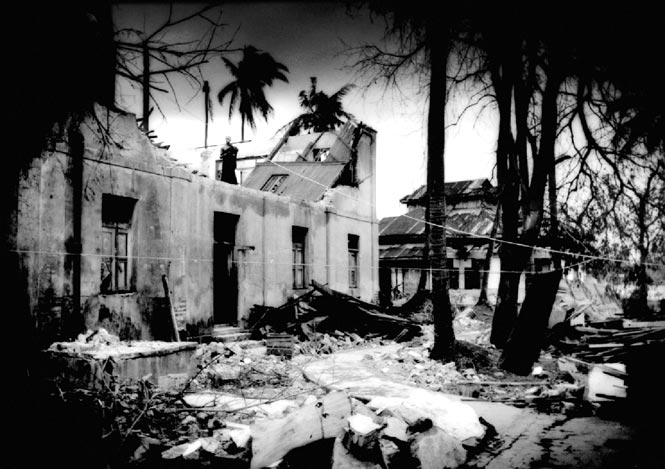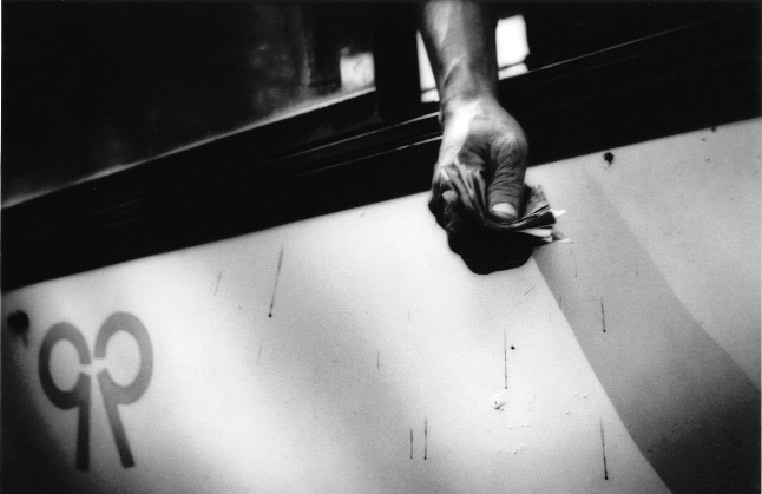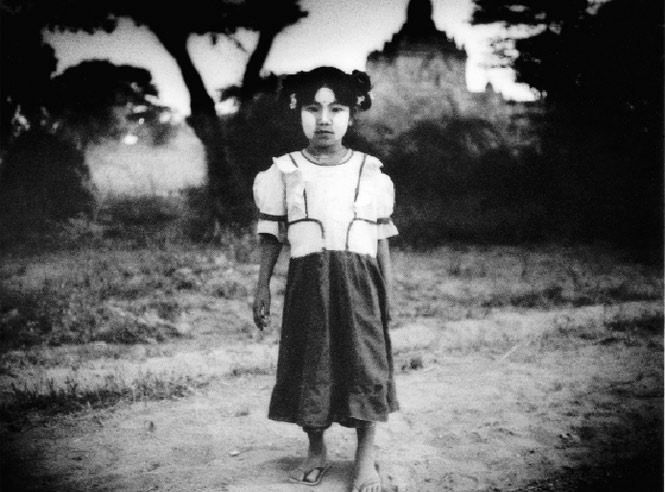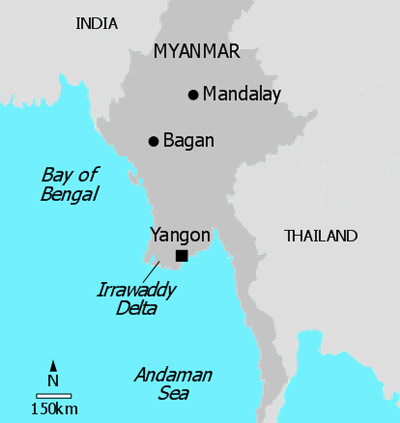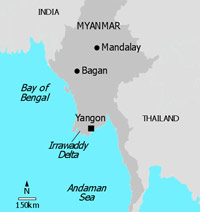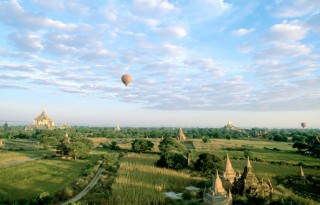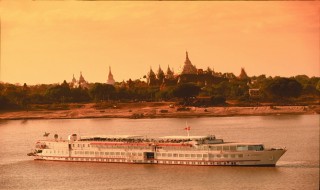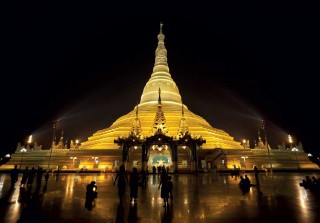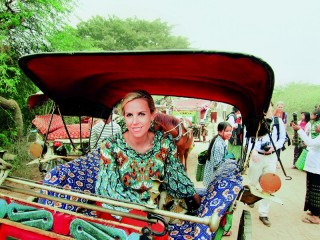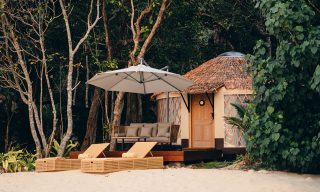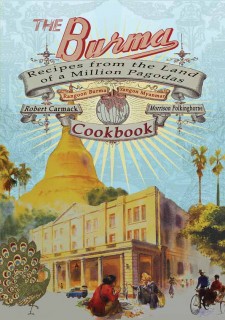Above: Mandalay
In a land that has become a byword for brutal repression, magic is still to be found amid the deprivation. Yet whose interests do we serve by traveling there?
By Joe Dolce
Photographs by James Whitlow Delano
Even people who don’t know much about Burma seem to have an opinion about it. My politically correct friends in the U.S., the ones who thought it was “fabulous, darling” when I went to Cuba, thought that giving dollars to one of the world’s most oppressive dictatorships was decidedly unfabulous. One even scolded me for referring to Burma as Myanmar, which is what the junta renamed the country in 1989. (In fact, Myanma was the historical name of the old Burman kingdom colonized by the British in the 19th century, and has been the official Burmese name of the country since independence.)
In truth, the most vexing dilemma about traveling to Myanmar—or Burma, if you prefer—is that the country’s Nobel Peace Prize–winning opposition leader, Aung San Suu Kyi, opposes visits by tourists, investors, and aid organizations. “As long as new money comes in, the [military regime] is under less and less incentive to change,” she said in anticipation of 1997’s Visit Myanmar Year. One of her main concerns has been that the locals, so long isolated and economically deprived, “hadn’t had a chance to develop self-confidence.” She has never changed her position, but debate has raged and many Burmese dissidents, exiles, and artists vehemently (but respectfully) disagree.
For us, there were equally compelling reasons to go. Jonathan, my partner, had seen the temples at Bagan 20 years ago when he was living in Japan, and they made a lasting impression. Friends of ours had also recently been—this was before last September’s vicious crackdown on monks, and well before the destruction wrought by Cyclone Nargis—and they seemed to think the country was on the verge of opening up. They urged us to rush before the sightseers invaded Bagan or the 800-year-old temples crumbled further into ruin. Then there was the simple fact that we like traveling in difficult places; if we limited our journeys to countries with so-called “good” governments, we’d never go any farther than Iceland. We thought it was important to witness how almost five decades of dictatorship had affected the minds and spirits of the Burmese people, who were, according to Pallavi Shah, the woman who arranged our trip, “just waiting for the hammer to fall.”
You set your watch back 30 minutes when you fly from Bangkok to Yangon (Rangoon), the former Burmese capital. You might as well set it back 60 years. When we landed, the only activity in the airport’s arrival hall was the lethargic ceiling fans, which barely managed to move some fist-size dust balls around the corners. There were way too many way-too-young soldiers and a smattering of Chinese businessmen in shiny suits and plastic shoes scurrying to nowhere. As we waited for luggage to be hand-delivered (there were no baggage carousels), a mechanic came running toward me waving the copy of The New Yorker I had left behind on the plane in hopes that someone would get the chance to read it or at least to sell it.
My first act of sedition foiled by politeness, or so I thought.
“He was not returning magazine to be kind,” our guide, Than (not his real name), told us on our way into town. “He didn’t want to get caught with it.”
Compared with congested Bangkok, Yangon proved leafy, relaxed, and untouched by global capitalism. No billboards hawking Marlboro or Coca-Cola. No Starbucks. Instead of skyscrapers, gold-leaf stupas dotted the horizon like giant cones of caramel ice cream. Our car, a black 1950 Ambassador left over from the British Raj, tooled along beside rickshaws and rickety buses.

